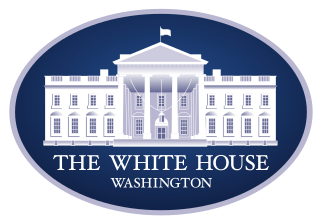Shipping and Logistics

White House Asks Congress to Avert Rail Strike
Written by Becca Moczygemba
November 29, 2022
The White House released a statement on Nov. 28 requesting Congress to pass immediate legislation that would adopt the tentative agreement between railroad workers and operators. As concerns of a rail strike grow, an agreement could deter members from striking.
“This agreement was approved by labor and management negotiators in September. On the day that it was announced, labor leaders, business leaders, and elected officials all hailed it as a fair resolution of the dispute between the hard-working men and women of the rail freight unions and the companies in that industry,” stated President Joe Biden.
While the statement further highlighted the 24% pay increase for rail workers, and that many of the unions in the industry have voted to accept the agreement, it most significantly noted that a strike would fling the whole country into dire circumstances.
“Let me be clear: a rail shutdown would devastate our economy. Without freight rail, many US industries would shut down. My economic advisors report that as many as 765,000 Americans – many union workers themselves – could be put out of work in the first two weeks alone. Communities could lose access to chemicals necessary to ensure clean drinking water. Farms and ranches across the country could be unable to feed their livestock,” said Biden.
A rail shutdown during one of the busiest times of year would likely create complete chaos. Congress has the authority to accept the agreement and prevent an interruption in the nation’s supply chain, but hopefully it won’t have to come to that.
By Becca Moczygemba, Becca@SteelMarketUpdate.com

Becca Moczygemba
Read more from Becca MoczygembaLatest in Shipping and Logistics

US Great Lakes iron ore cargoes down notably through May
The Lake Carriers' Association reported a considerable decline in monthly iron ore shipments from US ports on the Great Lakes.

Wittbecker: West Coast port congestion
What's going on in West Coast ports?

Wittbecker: Mexico invests in port capacity despite US tariff troubles
The Mexican government aims to transform Manzanillo into the largest seaport in Latin America, capable of processing some 10 million TEU (20-foot equivalent units) per year by 2030. It is already Mexico's largest port and the third largest in Latin America, handling nearly 4 million 20-foot containers in 2024.

Wittbecker on Aluminum: When do the tariffs reach Main Street?
Containers sailing from China in April are down 15%-20% and Hapag Lloyd says their future bookings transpacific are down 30%.

Wittbecker on Aluminum: US-China trade war clobbers cross-Pacific trade
Container shipping lines have sharply increased blank sailings on Transpacific routes in response to escalating trade tensions between the US and China.
